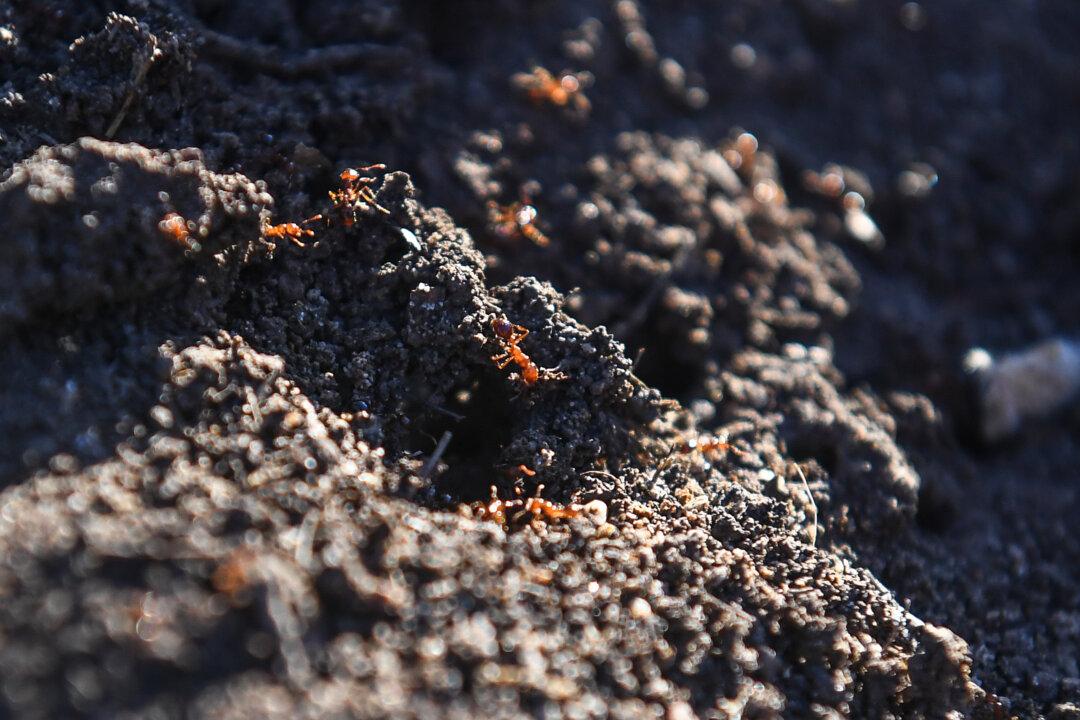The insidious fire ants sweeping the nation and power poles towering above farming land have dominated a meeting of agriculture ministers.
Carp herpes was also on the agenda at a meeting of state and federal ministers on Oct. 6.

The insidious fire ants sweeping the nation and power poles towering above farming land have dominated a meeting of agriculture ministers.
Carp herpes was also on the agenda at a meeting of state and federal ministers on Oct. 6.